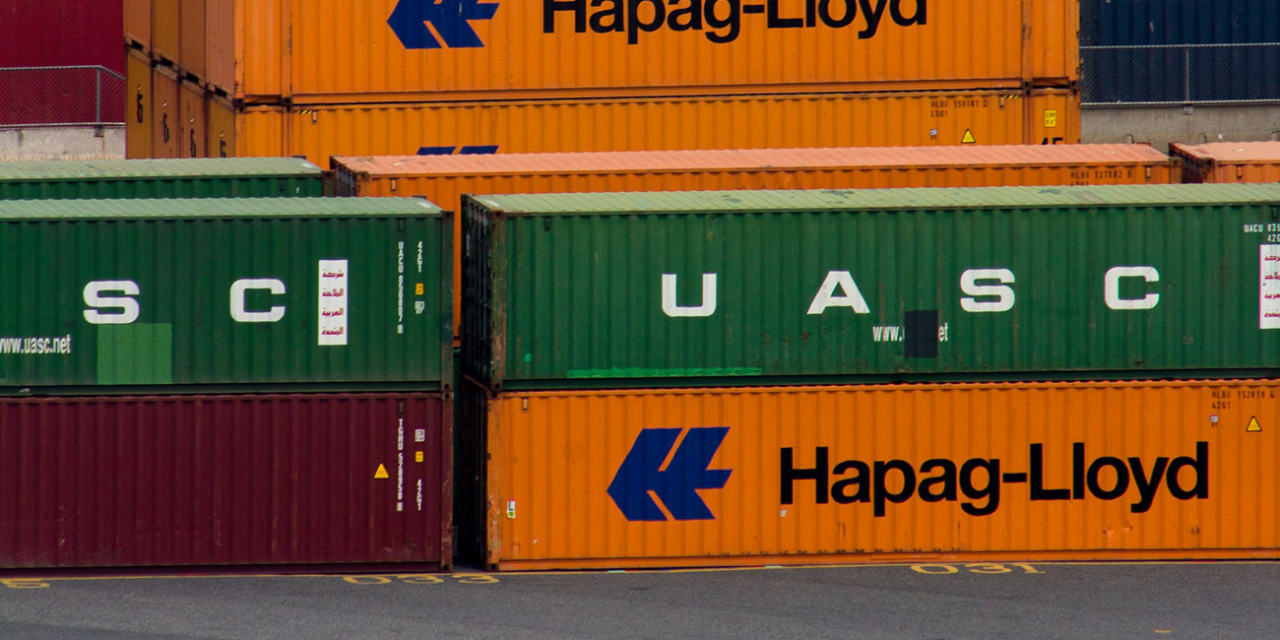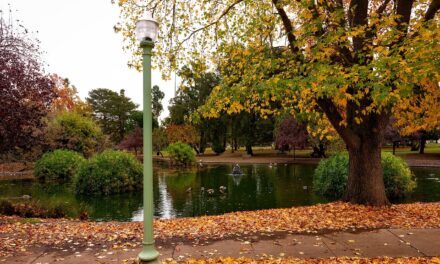Bayonne, New Jersey, is a city with a rich and diverse history that has evolved from its early colonial beginnings to its current status as a vibrant urban community.
Its history is marked by significant economic, social, and cultural developments, a legacy that we can all be proud of.
Below, we explore the fascinating history of Bayonne, New Jersey, covering its foundation, key historical events, and notable landmarks.
Table of Contents
Early History
Foundation and Settlement
Bayonne’s history dates back to the 17th century when Dutch colonists settled it.
- Originally part of Bergen Township, the area was known for its strategic location between Newark Bay and the Hudson River.
- The Lenape Native Americans initially inhabited the land before European settlers arrived.
- The township of Bayonne was incorporated in 1861 and later became a city in 1869.
The early settlement period established Bayonne’s growth as a key maritime and industrial center.
Colonial Period
During the colonial period, Bayonne’s location made it a strategic point for trade and defense.
- The area played a role in the Revolutionary War, with local militias participating in various battles.
- Its proximity to New York City and significant waterways made it an essential location for military and trade activities.
Bayonne’s early history is marked by its strategic importance and significant contributions to the fight for independence, including its role in the Revolutionary War and its proximity to New York City and major waterways.
19th Century Development
Industrial Boom
The 19th century witnessed a significant industrial boom in Bayonne, transforming it into a thriving industrial hub.
- The construction of the Morris Canal in the 1830s and the arrival of the Central Railroad of New Jersey in the 1860s spurred economic development.
- Industries that sprung up such as oil refining, chemical manufacturing, and shipbuilding flourished, transforming Bayonne into an industrial hub.
This period marked Bayonne’s emergence as a center of industry and commerce.
Urbanization
With industrial growth came urbanization.
- The population increased rapidly, leading to the development of residential neighborhoods and commercial districts.
- Infrastructure such as schools, churches, and public services were established to support the growing community.
Urbanization brought about significant changes in Bayonne’s social and economic landscape.
20th Century and Modern Era
World Wars and Economic Changes
Bayonne played a crucial role during both World Wars.
- The city’s shipyards and industrial facilities were vital to the war effort, producing ships and war materials.
- Post-war economic changes saw a shift from heavy industry to more diversified economic activities, including retail and services.
Bayonne’s adaptability allowed it to navigate the economic challenges of the 20th century.
Revitalization and Development
Recent decades have seen efforts to revitalize and redevelop Bayonne.
- Waterfront areas have been transformed into residential and recreational spaces, attracting new residents and businesses.
- The construction of the Bayonne Bridge and improvements in transportation infrastructure have enhanced connectivity with New York City and surrounding areas.
Revitalization efforts have helped Bayonne to thrive as a modern urban community.
Notable Landmarks
Bayonne Bridge
The Bayonne Bridge, completed in 1931, is a significant landmark connecting Bayonne to Staten Island.
- The bridge was the longest steel arch bridge in the world at the time of its completion.
- Recent renovations have raised the bridge’s clearance to accommodate larger ships, enhancing its strategic importance for maritime traffic.
The Bayonne Bridge symbolizes the city’s engineering prowess and strategic importance.
Military Ocean Terminal at Bayonne (MOTBY)
The Military Ocean Terminal at Bayonne (MOTBY) played a crucial role in military logistics during World War II and the Cold War.
- It has since been redeveloped into a mixed-use area with residential, commercial, and recreational facilities.
- The Cape Liberty Cruise Port, located at MOTBY, is a major embarkation point for cruises.
MOTBY’s transformation reflects Bayonne’s ability to repurpose and modernize its industrial heritage.
Governance
Municipal Structure
Bayonne operates under a mayor-council form of government.
- This structure allows for efficient local governance and community engagement.
- The city government focuses on providing high-quality services to residents and promoting community well-being.
The governance model supports Bayonne’s growth and development, ensuring that residents’ needs are met.
Demographics and Growth
Population
Bayonne is home to a diverse and growing population, reflecting its appeal as a place to live and work. The city’s strategic location and urban amenities attract residents from various backgrounds, making everyone feel included and part of this vibrant community.
- The city’s strategic location and urban amenities attract residents from various backgrounds.
- As of the 2022 census, the city had a population of 69,527.
Diverse demographics and steady growth reflect Bayonne’s appeal as a place to live and work.
Bayonne’s history is a testament to its resilience and adaptability. From a strategic colonial settlement to a dynamic urban community, Bayonne has evolved.
By preserving its historical landmarks and investing in the future, Bayonne continues to honor its past while looking forward to continued growth and development, inspiring us with its ability to adapt and thrive.
Bayonne, New Jersey Q&A
Q: When was Bayonne established?
A: Bayonne was incorporated as a township in 1861 and later became a city in 1869. Its history dates all the way back to the 17th century, when Dutch colonists first settled it.
Q: Who were the original inhabitants of Bayonne?
A: The area was originally inhabited by the Lenape Native Americans before being settled by European colonists, primarily Dutch.
Q: What role did Bayonne play during the American Revolutionary War?
A: Bayonne’s strategic location made it an important point for trade and defense during the Revolutionary War. Local militias participated in various battles, contributing to the fight for independence.
Q: How did Bayonne’s economy evolve in the 19th century?
A: The 19th century saw significant industrial growth in Bayonne, with the construction of the Morris Canal and the beginning and arrival of the Central Railroad of New Jersey spurring economic development. Industries that occurred such as oil refining, chemical manufacturing, and shipbuilding flourished.
Q: What significant changes occurred in Bayonne post-World War II?
A: Post-World War II, Bayonne’s economy shifted from heavy industry to more diversified activities, including retail and services. Recent decades have seen efforts to revitalize and redevelop waterfront areas, transforming them into residential and recreational spaces.
Q: What are some notable historical landmarks in Bayonne?
A: Notable landmarks include the Bayonne Bridge, completed in 1931, and the Military Ocean Terminal at Bayonne (MOTBY), which played a crucial role in military logistics during World War II and the Cold War.
Q: How is Bayonne governed?
A: Bayonne operates under a mayor-council form of government, allowing for efficient local governance and community engagement.
Q: What is the current population of Bayonne?
A: Bayonne’s diverse and growing population reflects its appeal as a place to live and work. As of the 2022 census, the city had a population of 69,527.
Bayonne’s rich history and continuous development make it a vibrant and thriving community.
By preserving its historical heritage and investing in future growth, the city remains a significant part of New Jersey’s history and modern landscape.





